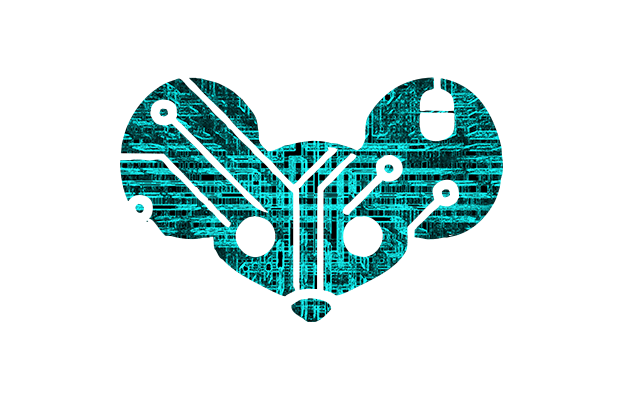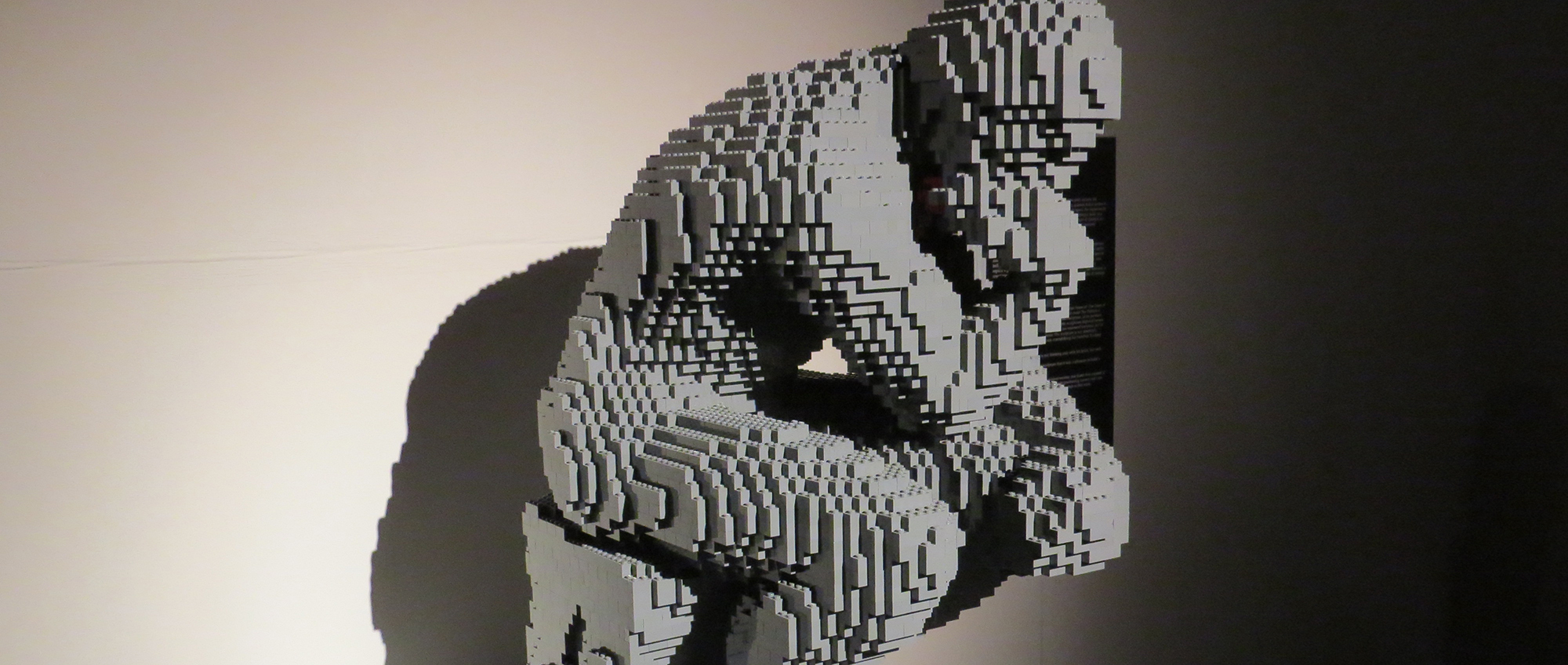Computer pioneer Alan Turing’s remarks in 1950 on the question, “Can machines think?” were misquoted, misinterpreted and morphed into the so-called “Turing Test”. The modern version says if you can’t tell the difference between communicating with a machine and a human, the machine is intelligent. What Turing actually said was that by the year 2000 people would be using words like “thinking” and “intelligent” to describe computers, because interacting with them would be so similar to interacting with people. Computer scientists do not sit down and say alrighty, let’s put this new software to the Turing Test - by Grabthar’s Hammer, it passed! We’ve achieved Artificial Intelligence!



The premise of the test is to determine if machines can think. The opening line of Turing’s paper is:
I believe the Chinese room argument demonstrates that the Turing test is not valid for determining if a machine has intelligence. The human in the Chinese room experiment is not thinking to generate their replies, they’re just following instructions - just like the computer. There is no comprehension of what’s being said.